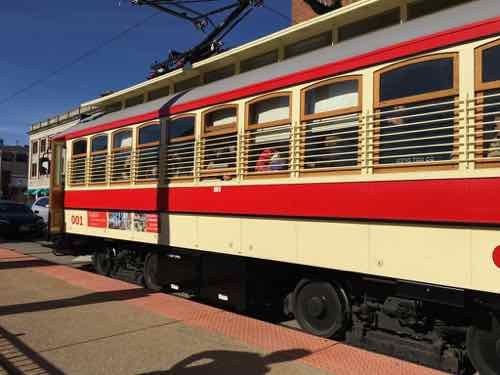Impossible to press the “beg buttons” at Hanley & Dale in Richmond Heights from a wheelchair. You can see the grass is worn where people have stepped over the curb to press them. #ADAfail pic.twitter.com/SOiQNXzDGC
— UrbanReview ST LOUIS (@urbanreviewstl) June 3, 2020
Pandemic St. Louis Style: Policy Fragmentation & Cognitive Dissonance
Early this week the KMOV News (CBS/4.1) had a story on the Jefferson County Health Department approving a mask mandate — and the upset group protesting outside. The very next story was the St. Louis Area Task Force saying hospital beds, including ICU, beds were filling up with COVID-19 patients.
People were protesting wearing masks in public while area hospitals are announcing they’re filling up quickly. There’s a term for this: cognitive dissonance.
The mental conflict that occurs when beliefs or assumptions are contradicted by new information. The unease or tension that the conflict arouses in people is relieved by one of several defensive maneuvers: they reject, explain away, or avoid the new information; persuade themselves that no conflict really exists; reconcile the differences; or resort to any other defensive means of preserving stability or order in their conceptions of the world and of themselves. The concept was developed in the 1950s by American psychologist Leon Festinger and became a major point of discussion and research. (Britannica)

How does this relate to masks?
Because of the intense polarization in our country, a great many Americans now see the life-and-death decisions of the coronavirus as political choices rather than medical ones. In the absence of a unifying narrative and competent national leadership, Americans have to choose whom to believe as they make decisions about how to live: the scientists and the public-health experts, whose advice will necessarily change as they learn more about the virus, treatment, and risks? Or President Donald Trump and his acolytes, who suggest that masks and social distancing are unnecessary or “optional”? (The Atlantic)
I don’t like wearing masks, but it’s the right thing to do around anyone other than my husband. The worst days are when I have treatment at Siteman Cancer Center, my mask is on for hours.
Then on Wednesday I saw a news story at Lambert airport on holiday. An airport spokesperson was explaining how everyone inside the terminal had to wear a mask — except she was inside the terminal and not wearing a mask! Two different travelers inside the terminal, both with masks, said they weren’t concerned because they were taking precautions — but their nostrils were visible!
My mom was a waitress for many years, so I feel for food service employees and restaurant owners. A recent story showed an owner upset at recent St. County restrictions prohibiting indoor dining. They argued it was unfair, if people could go into Target & shop they should be able to dine in. Uh, except that shoppers have to keep their masks on in retail stores — inside bars & restaurants the masks come off after being seated. Apples to oranges.
As I was writing this yesterday I saw a story on dine in supporters in St. Louis County. I wish as much effort was put into improving the carryout experience (ordering & packaging).

A lot of this cognitive dissonance is due to the vastly different pandemic policies in different jurisdictions in the region. At least the Illinois side of the region has one uniform policy imposed by Governor Pritzker. Here in Missourah Gov Parson has taken a hands-off approach, resulting in an infection rate double that of Illinois. As a result each county has to go at it alone even though residents frequently cross over borders. Other than the hospital’s pandemic task force we have no regional leadership.
Our hospitals are full and their workers are exhausted. All because people aren’t willing to wear a mask in public or eat their restaurant dinner at home.
– Steve Patterson
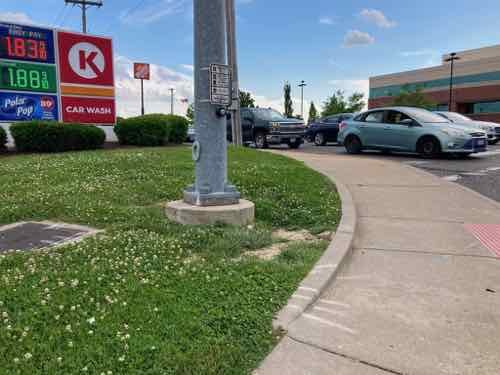
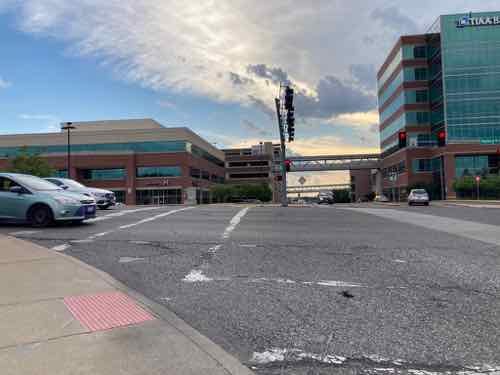
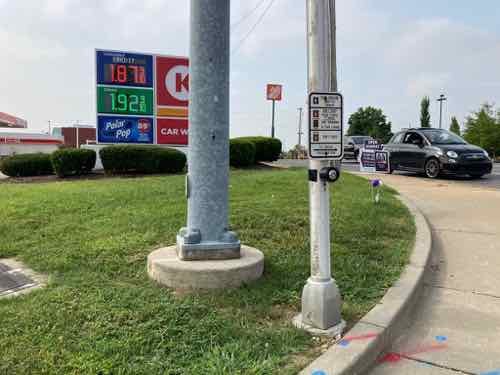
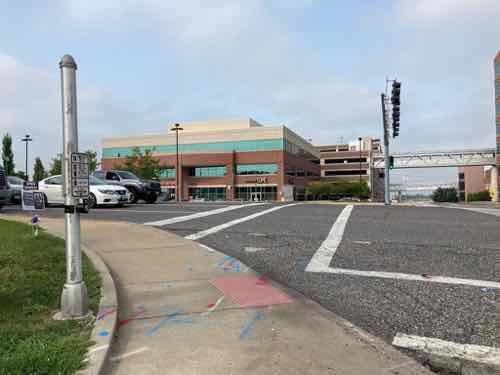
 The decennial census is ramping up for an important task three months away:
The decennial census is ramping up for an important task three months away:
